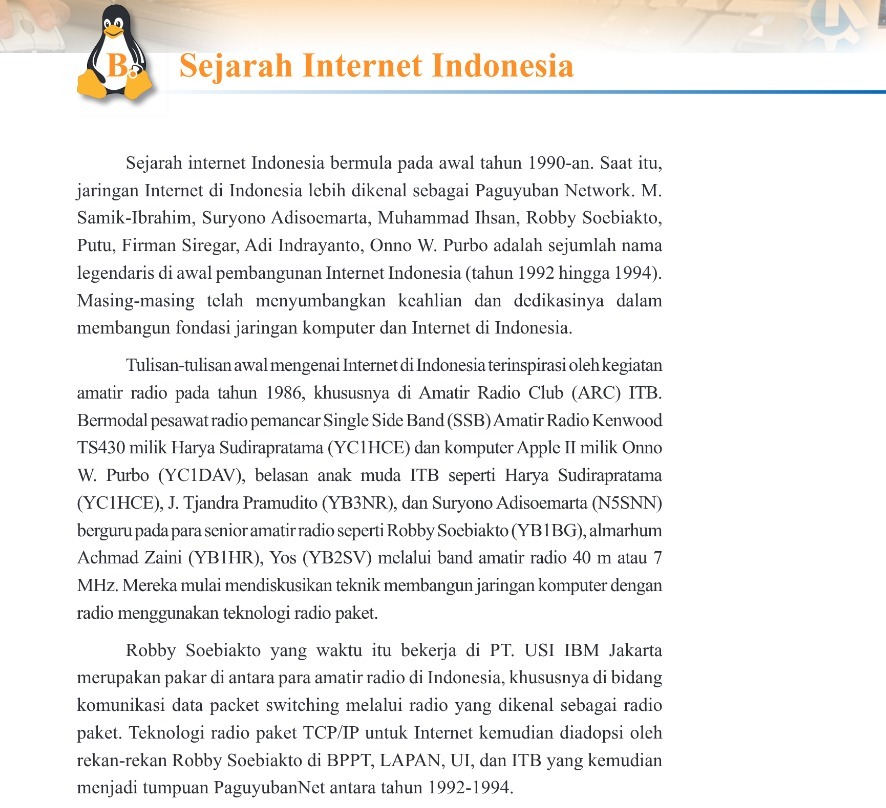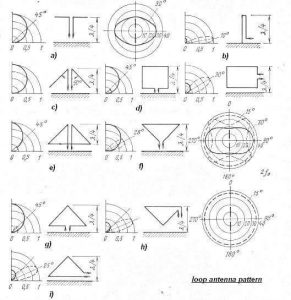denim
fun facts
history
workwear
American workwear, blue jeans, denim, denim craftsmanship, denim culture, denim evolution, denim history, denim industry, denim innovation, fashion history, French textiles, Genoa, global fashion, indigo dye, indigo dye history, Jacob Davis, jeans, jeans history, jeans timeline, Levi Strauss, Levi’s 501, Nîmes, origin of denim, origin of jeans, selvedge denim, sustainable denim, vintage fashion
9M2PJU
0 Comments
The Complete History of Jeans and Denim: From Workwear to Global Icon
Few garments have influenced culture, fashion, and identity as profoundly as jeans. What began as rugged workwear for miners and cowboys has evolved into a universal symbol of freedom, rebellion, and timeless style. Let’s dive deep into the fascinating history and origin of jeans and denim, a journey that spans centuries, continents, and social revolutions.
🧵 1. The Birth of Denim: From France to the World
The story begins in Nîmes, a small town in southern France during the 17th century. Local weavers there created a durable twill fabric known as “serge de Nîmes”, literally “a sturdy cloth from Nîmes.” Over time, the English shortened this phrase to “denim.”
Denim was originally made of wool and silk, later replaced by cotton as it became more practical and affordable. The fabric was woven in a twill pattern, where the weft thread passes under two or more warp threads, creating the characteristic diagonal ribbing that gives denim its strength and flexibility.
At the same time in Genoa, Italy, a similar sturdy cotton fabric was used for sailors’ work trousers. The French called this fabric “Gênes”, which sounded like “Jeans” in English, giving birth to the word we all know today.
🌿 2. Indigo: The Color That Defined an Era
No story of denim is complete without indigo, the deep blue dye that became its hallmark. For centuries, indigo was extracted from plants (mostly Indigofera tinctoria) and prized for its vivid hue and ability to fade beautifully with wear.
In denim production, only the warp threads (the vertical yarns) are dyed with indigo, while the weft threads remain white. This unique technique creates the familiar blue outside and white inside of traditional jeans — and the classic fade patterns that tell each pair’s story over time.
⚒️ 3. Gold Rush Beginnings: Levi Strauss and Jacob Davis
The modern blue jean was born in America, during the rugged days of the California Gold Rush.
In 1853, a Bavarian immigrant named Levi Strauss moved to San Francisco to open a dry goods business. Among his supplies was a tough cotton fabric called denim, which he sold to miners and laborers.
One of his customers, a Nevada tailor named Jacob W. Davis, used Strauss’s fabric to make durable pants for local workers. Davis reinforced the pockets with metal rivets, preventing them from tearing under heavy use. The innovation was so successful that Davis partnered with Strauss, and together they patented the idea in 1873 (U.S. Patent No. 139,121).
That moment marked the official birth of blue jeans, durable riveted trousers designed for hard labor.
👷 4. From Workwear to the American West
In the late 19th and early 20th centuries, jeans were known as “waist overalls.” They became essential workwear for miners, ranchers, and railroad workers. The design was practical: copper rivets for strength, deep pockets for tools, and rugged denim that could withstand daily punishment.
Levi Strauss & Co. introduced the now-legendary 501 model in the 1890s, still one of the most recognizable jeans in the world today.
Later, brands like Lee (1889) and Wrangler (1904) entered the market, making jeans the uniform of cowboys and the American working class. These brands helped cement denim’s reputation as the clothing of strength, independence, and authenticity.
🎥 5. The Rebellion Years: 1940s–1960s
During World War II, jeans spread globally as American soldiers wore them off-duty in Europe and Asia, introducing denim to new audiences.
By the 1950s, jeans had taken on a new identity. No longer just workwear, they became the uniform of youth rebellion, thanks to Hollywood.
Movie icons like:
- James Dean (Rebel Without a Cause, 1955)
- Marlon Brando (The Wild One, 1953)
…made jeans a symbol of defiance, coolness, and freedom. For the first time, wearing denim wasn’t just practical and it was attitude.
In the 1960s and 70s, jeans were embraced by the counterculture movement. Hippies, artists, and rock musicians wore them as statements of equality and anti-establishment spirit. People began personalizing their jeans with embroidery, patches, and tears, a tradition of self-expression that continues today.
🕶️ 6. Designer Denim and Global Fame: 1980s–2000s
As the 1980s arrived, jeans moved from the street to the runway. Designers like Calvin Klein, Guess, Diesel, and Versace reimagined denim as luxury fashion, introducing tighter fits, innovative washes, and glamorous marketing campaigns.
The iconic Calvin Klein ads featuring Brooke Shields in the 1980s made denim sexy and high-status. Around this time, new washing techniques emerged, stone washing, acid washing, sandblasting — giving jeans their modern textures and vintage look.
By the 1990s and 2000s, jeans were everywhere. From grunge ripped styles to polished designer fits, denim became a universal wardrobe staple, worn by everyone, rich or poor, young or old, East or West.
🌍 7. Modern Denim: Sustainability, Technology, and Craft
Today, the denim industry continues to innovate but with new priorities.
🧠 Sustainable Denim
- Brands are moving toward organic cotton, recycled fibers, and eco-friendly dyeing processes.
- Techniques like laser fading and ozone washing drastically reduce water and chemical usage.
🇯🇵 Japanese Selvedge Denim
- Japan, particularly the Okayama Prefecture, revived traditional denim craftsmanship.
- Using old shuttle looms, Japanese mills produce selvedge denim, tighter, higher-quality fabric with a clean edge and superior texture.
- These jeans are prized by collectors for their durability and unique fades.
🌐 A Global Symbol
- Jeans remain the most popular clothing item on Earth, with over a billion pairs sold annually.
- They’ve transcended class, culture, and geography, worn by construction workers, movie stars, students, and presidents alike.
📅 8. A Brief Timeline of Denim History
| Year | Event | Location |
|---|---|---|
| 1600s | “Serge de Nîmes” fabric created | Nîmes, France |
| 1700s | “Gênes” cloth used by sailors | Genoa, Italy |
| 1853 | Levi Strauss moves to San Francisco | USA |
| 1873 | Levi Strauss & Jacob Davis patent riveted jeans | USA |
| 1890s | Levi’s 501 introduced | USA |
| 1950s | Jeans become a symbol of youth rebellion | Hollywood |
| 1980s | Designer denim boom | Global |
| 2000s | Rise of sustainable and premium denim | Global |
👖 9. Fun Facts About Jeans
- The tiny pocket inside the right front pocket was originally for pocket watches.
- Early jeans weren’t blue, Levi Strauss first used brown duck canvas before switching to denim.
- The fading pattern of denim tells a story unique to the wearer — like a fingerprint.
- Denim’s white weft threads and indigo warp threads are what give jeans their iconic blue outside and white inside.
- In 2025, the global denim market is valued at over $70 billion, and still growing.
💬 10. Conclusion: A Fabric That Wove Itself Into History
From the dusty mines of California to the runways of Paris and Tokyo, denim has traveled a remarkable journey. It has clothed workers, rebels, artists, and dreamers alike — always adapting, never fading.
Jeans are more than just pants.
They are a story of innovation, identity, and freedom, woven into the fabric of human culture itself.







Post Comment